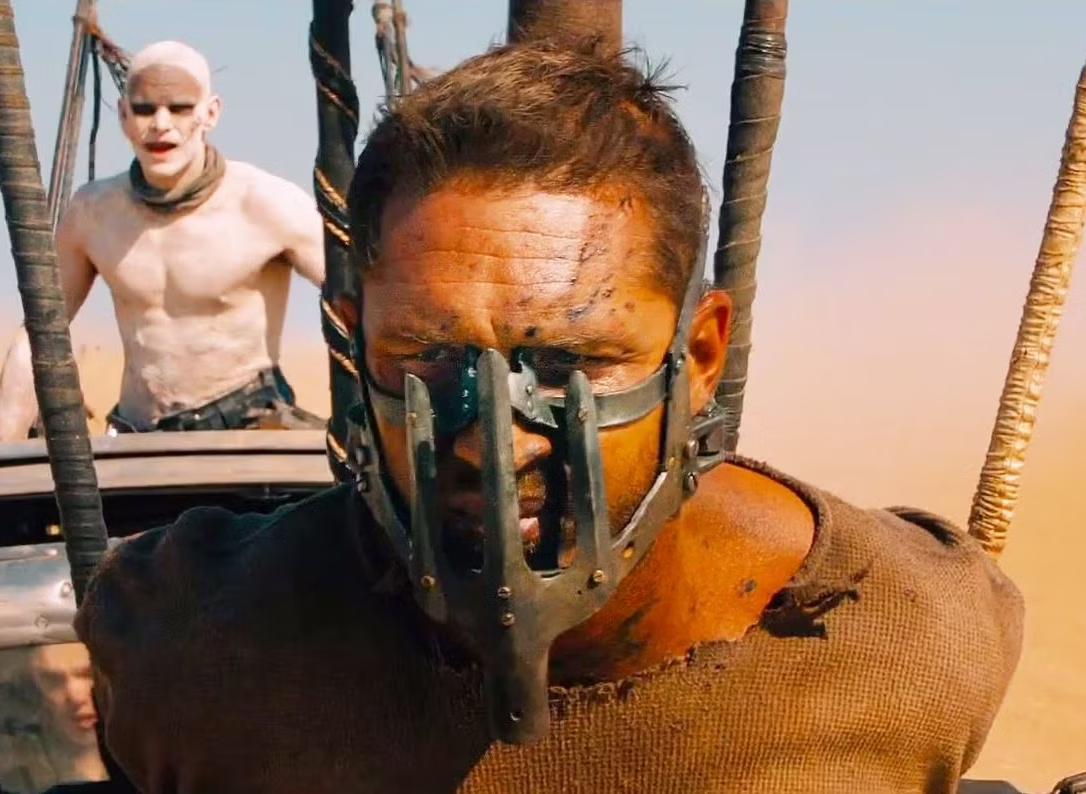When it comes to filmmaking, editing is one of the most powerful tools a director has. It’s more than just trimming scenes and choosing transitions — it’s how stories are shaped, emotions are amplified, and pacing is perfected. Editing guides the viewer’s attention, builds tension, and transforms good films into unforgettable cinematic experiences.
In this article, we break down five of the most brilliantly edited movies of all time —and explain why each film is a must-watch for movie lovers, film students, and editors alike.
Hot Fuzz (2007) – Edited by Chris Dickens
Edgar Wright’s Hot Fuzz is a genre-blending action-comedy that elevates ordinary moments through high-energy editing. It’s a fast-paced, clever, and visually-driven film that demonstrates how sharp editing can shape tone and humor.
Editor Chris Dickens crafts punchy, hyperkinetic montages out of seemingly mundane actions — like traveling or filing reports. The use of whip-pans, crash zooms, and sound-matched cuts creates comedic timing that’s both dynamic and precise. As the action escalates, the editing seamlessly transitions into polished, adrenaline-fueled sequences that rival any Hollywood blockbuster.
Whiplash (2014) – Edited by Tom Cross
Whiplash is an intense psychological drama centered on a jazz drummer’s obsession with greatness. The film’s editing earned Tom Cross an Academy Award — and for good reason.
The tempo of the editing mirrors the protagonist’s emotional and physical journey. Quick cuts, reaction shots, and music-synced transitions keep the audience on edge. The film’s climactic drum solo is a breathtaking display of tension-building and release through editing, demonstrating how pacing and rhythm can drive narrative impact.
Psycho (1960) – Edited by George Tomasini
Alfred Hitchcock’s Psycho contains one of the most analyzed film sequences in history — the iconic shower scene. This moment redefined horror editing and remains a textbook example of montage theory.
George Tomasini’s masterful use of over 70 cuts in just 45 seconds creates the illusion of brutal violence without ever showing a direct stabbing. Paired with Bernard Herrmann’s piercing score, the editing intensifies shock, dread, and psychological terror, showcasing how editing can manipulate emotion and viewer perception.
Mad Max: Fury Road (2015) – Edited by Margaret Sixel
In the world of action movies, clarity is often sacrificed for spectacle. But in Fury Road, editor Margaret Sixel creates an exhilarating ride that’s as coherent as it is chaotic.
Sixel edited over 470 hours of footage, choosing to center-frame most shots so the eye doesn’t need to search during rapid transitions. This makes the non-stop car chases visually smooth and highly readable. Her editing style gives the film its propulsive energy without disorienting the audience — a groundbreaking achievement in modern action cinema.
Lawrence of Arabia (1962) – Edited by Anne V. Coates
Lawrence of Arabia is often remembered for its majestic desert landscapes, but the film’s pacing and narrative transitions are what truly elevate it into an epic masterpiece.
Anne V. Coates famously created one of cinema’s greatest transitions: a match cut from a lit match to the blazing sun over the desert. Throughout its nearly four-hour runtime, her editing maintains rhythm and emotional weight, balancing grandeur with intimacy. Her work proves that slow pacing, when done right, can be mesmerizing.
Contact Force Media today for expert film editing, post-production consulting, and creative storytelling solutions. We help your visuals cut through the noise.

